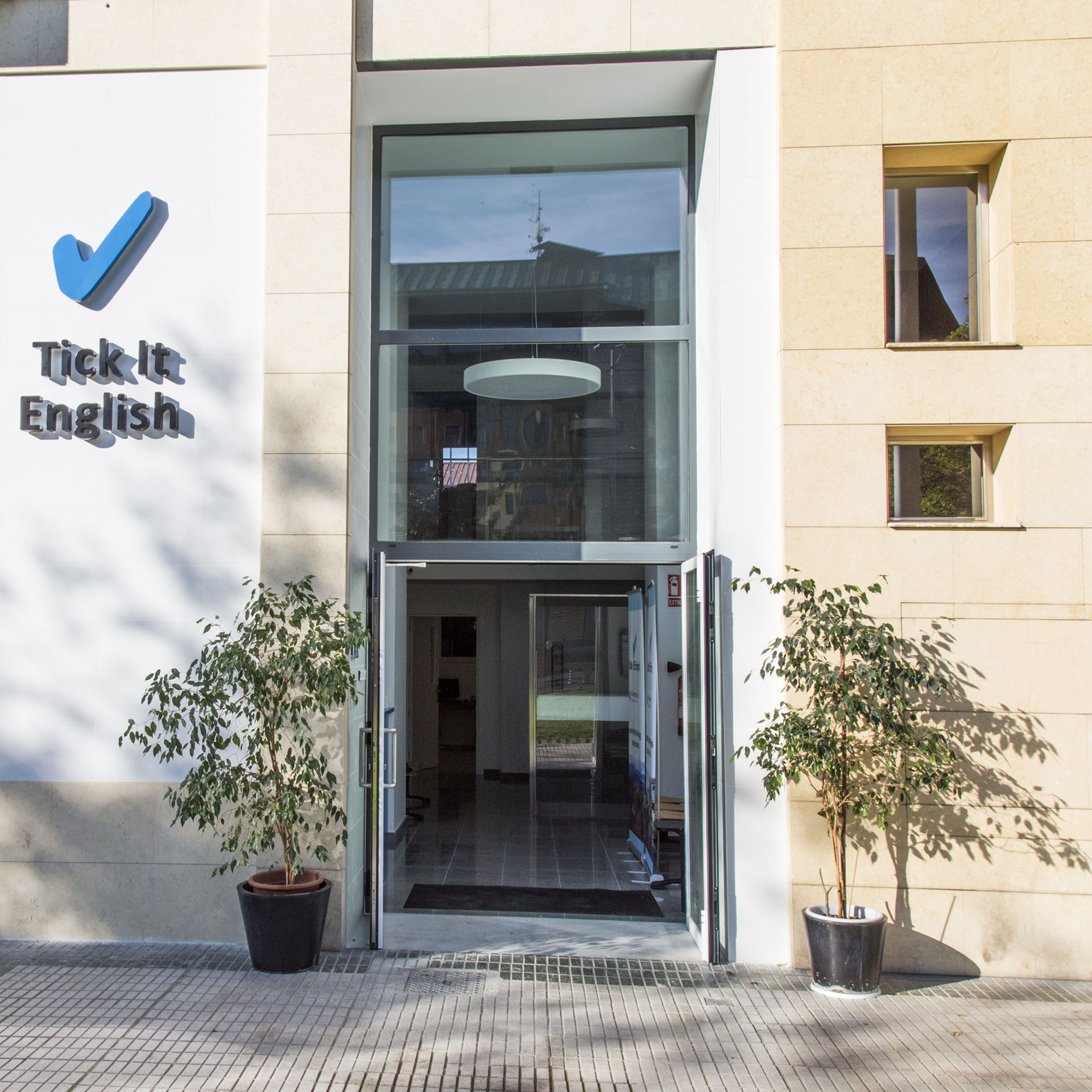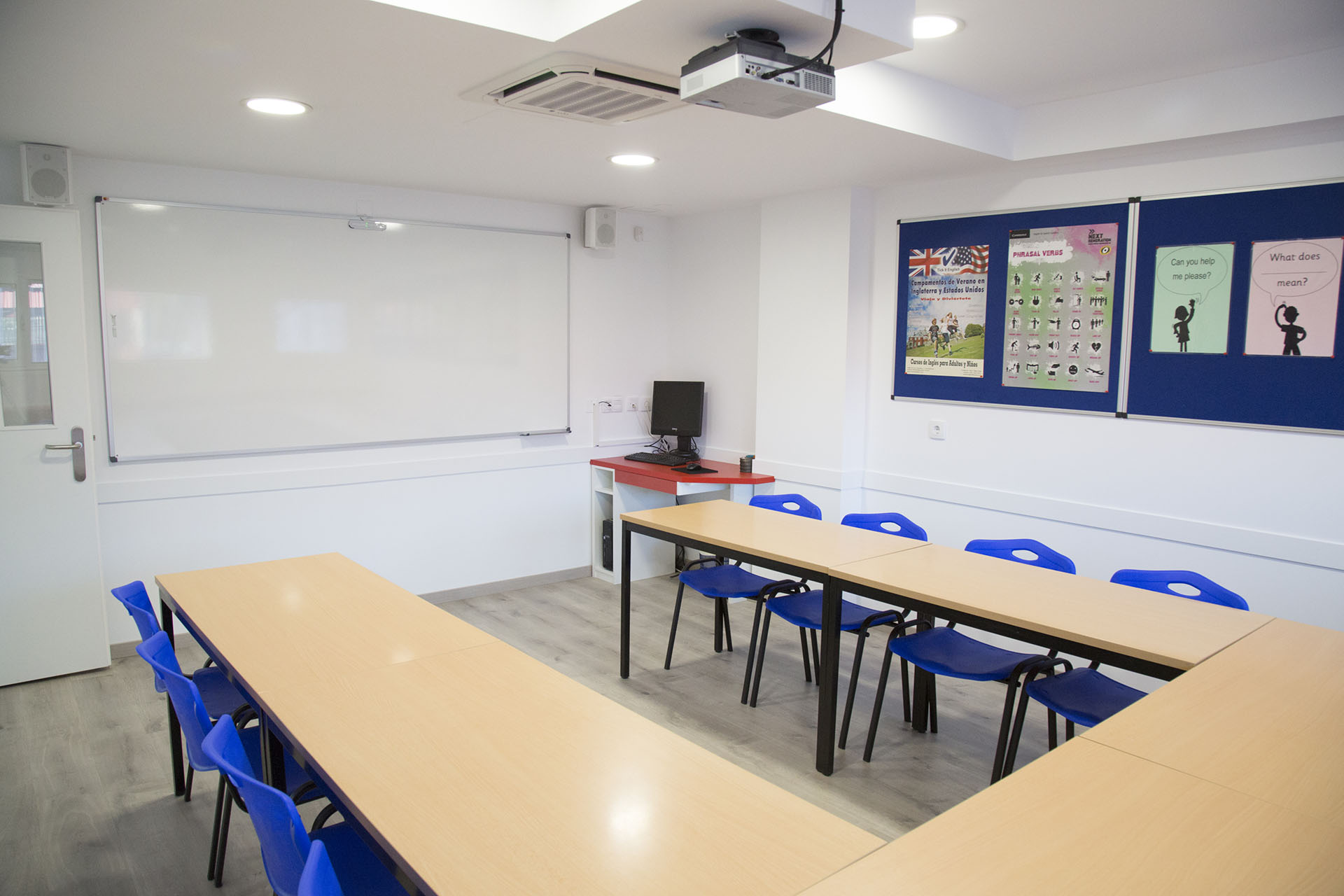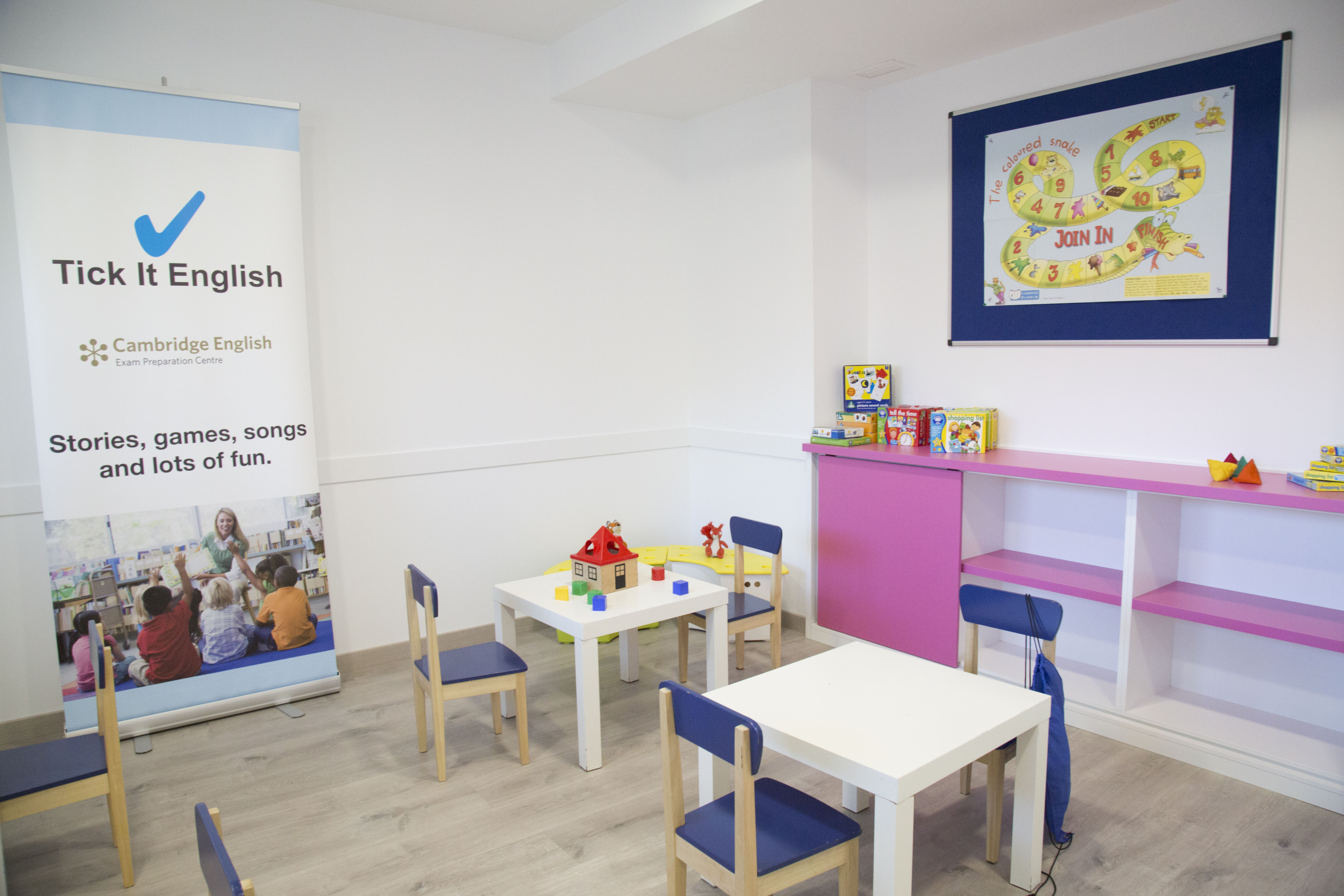Our views on speaking
Our communicative approach to language teaching has a strong emphasis on speaking. We provide an English language learning environment where students have many opportunities to try out their speaking skills. Many of the speaking activities we do are based on students’ personal experiences, opinions and ideas and there is a communicative purpose to each activity.
We enjoy using a task-based approach where students have an attempt at the task towards the beginning of the lesson and have opportunities to do it again. The first attempt of tasks probably involves students trying out language and finding their feet, so to speak. Within and between tasks we plan input, which is based on student production and possibly listening or reading activities. We analyse the language which we need for the speaking activities, look at typical mistakes and help students say things that they couldn’t say when they walked into the classroom.
We believe it is important to provide a clear topic focus throughout any lesson and it doesn't have to be controversial in order to promote interest or discussion. The topics we discuss in class are relevant to the students' needs and interests and by doing this we can get students to engage in the activities.
We also plan our speaking lessons as pyramid discussions, which involves starting with one student for the first activity, then two and then four, etc in subsequent activities. We use this approach to repeat activities and the aim with each repeated event is for students to get better.
By repeating the speaking activities, students gain confidence in each task and have the opportunity to do it again, but better. And doing something better or saying something that you couldn’t say at the beginning of the class is quite simply LEARNING!
Our views on teaching grammar
In terms of grammar teaching we rely on two main approaches (deductive or inductive) and the choice we make about which is appropriate depends on many factors. The choice depends on the complexity of grammar and the rules, the students' needs and the language learning environment.
We believe that some form of grammar instruction is extremely valid in terms of second language acquisition.
We prefer to focus on meaning first and we believe that languages are not learnt as discrete items, presented out of context but are acquired through meaningful interaction. We prefer to present language in context and encourage students to hypothesis what they think the rule might be.
We then believe it is important for students to try the rules out, seeking confirmation of their hypothesis. Because of the cognitive processes involved in this type of learning the approach is very challenging and motivating.
We see our role as teachers in these approaches to facilitate students' intake of grammatical features by providing meaningful, contextual representations of the grammar point, which are relevant to students' needs and interests. Through contextual examples it is possible to attach the new grammar point onto something that students have learnt before.
We think it is important to show students typical mistakes or during guided discovery tasks invite students to make typical mistakes. It is just as important to show students what you can't do as well as what you can. Making mistakes is a vital part of the learning process and we work hard with students, using a variety of error correction techniques, to iron out those problems.
Our views on learner centred teaching and materials
We believe that it is our responsibility to plan your course with long term objectives, rather than just turning up and teaching individual lessons that are not part of a bigger picture.
We believe the starting point of any course or scheme of work needs to be you, the learner. We carry out needs analyses, which are the best way of being able to identify a set of objectives for the course, and this can involve decisions about the choice of course book and materials to be used.
We continually talk to our students about their learning experiences, attitudes, beliefs and preferences to language learning. We will help you learn how to learn a language.
We put a huge amount of focus on our students through the techniques we use in class. We encourage our students to have an important amount of input into the course. The courses belong to you – we want you to give us your views and feedback. We set realistic goals for the course and class time is spent learning aspects of the language, which are most important and relevant for our students.
The learning environment (including our academy) and our staff also play an important role. The moment you walk through our door, we want you to feel like you are in an English speaking environment. Everybody at Tick It English speaks English. Our non-native staffs are proficient speakers of English.
We work really hard to motivate our students and provide interesting courses.
We have a large collection of materials that we use in our courses. We use authentic reading and listening texts that are purposeful and relevant. We use a lot of communicative activities and encourage our students to participate as much as possible. We help our students negotiate, discuss, give opinions and speculate in real communicative situations. We also incorporate a lot of recycling of language and plenty of revision activities into our lessons.
We often look at the material and think how we can make the lesson communicative, giving students a reason to interact with the material, respond to the input and provide a purpose for communication based on the input. Materials, learners and the teacher all play an important role in the EFL classroom.
Our general approach to teaching aims to focus on the students more than the other two factors, but there are times when the focus is justifiably placed on our teachers or the materials.
Through experience we have learnt not to let the materials drive the lesson and get in the way of any classroom interaction between students and students and the teacher. One way we do this is to use fewer materials and do more with them.
We exploit small pieces of material and use the materials to set up contexts where you can express yourself and discuss your attitudes, feelings, ideas, opinions and beliefs. Some materials lend themselves more to a communicative approach to language learning and when this is not the case we adapt and exploit them.
We encourage our students to take charge of their language learning and work with materials outside the classroom. One fantastic way to improve your English is to take home a graded reader (a book with language graded to your level) and read it, listen to the accompanying CD or cassette and check out the language in context.








